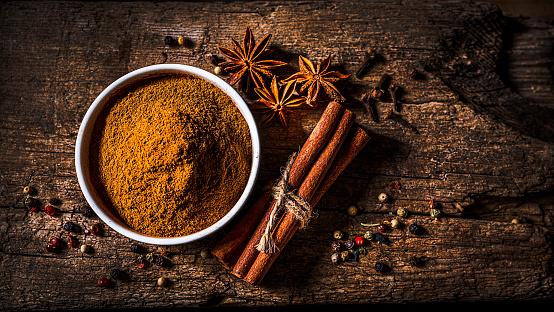We use affiliate links. If you purchase something using one of these links, we may receive compensation or commission.
Have you ever seen a star-shaped fruit that has its seeds in each of its arms?
It is called “Star anise” and when I first saw it, I was amazed by the fruit and I wanted it in my garden.
By following some tips, I successfully grew my star anise healthier and quicker.
In this article, I have shared some of the ways and tips on how to grow star anise from seeds.
Table of Contents
What is Star Anise
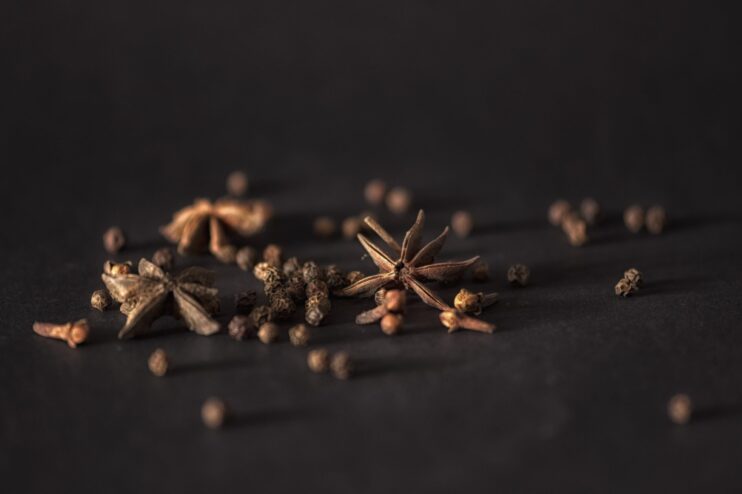
Star anise is a small tree with white flowers that turns purple. This tree bears a star-shaped cluster of flatus-relieving fruit.
Star anise is a tropical evergreen tree native to the southeastern part of China and Vietnam.
You know what?
The taste and smell of star anise are much similar to that of black licorice.
Why Grow Star Anise

The fruit of star anise is actually used as a spice in many Asian Dishes.
Have you ever tried any type of curry?
If yes, you must probably have tasted the star anise. They are mostly used in exotic dishes, especially in South East Asian dishes.
Adding a pinch of star anise to any dish can bring incredible aroma and taste to it.
It can be used in different forms. In seeds, as a breath freshener; in powder as a spice; and in oil, as perfume, soaps, or sachets.
One more thing:
Star anise is also used for decoration purposes as its tree bears beautiful white flowers.
So, I definitely recommend you to grow star anise.
How to Grow Star Anise
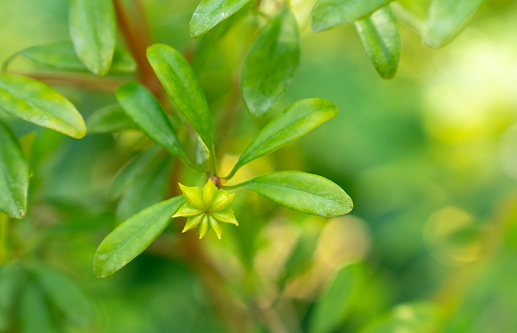
Star anise is a versatile tree that can grow from seed, cuttings, indoor, and also outdoor.
If you are living in a tropical climate or warm weather, you can definitely grow one.
Step 1: Choosing a way to grow
You can grow star anise in a container or in a garden. Make sure to poke some drainage holes if you are planting it in a container.
If you are starting from cutting, cut at least a 4-6 inches tall branch. You need to grow it in sterile soil with a mixture of sand and perlite.
If you are starting with seed (which is what we will be focusing on), you need to do a bit of hard work.
Step 2: Knowing the correct place/spot
Once you have decided on the way of growing your star anise, now comes where you should plant it.
You need to make sure that you choose a spot where it gets sunlight. You should avoid any frost or cold temperatures for this plant.
So, choose a place where the plant can get enough sunlight and is not affected by frost.
Step 3: Maintaining the soil
The third step that you would want to know is about the soil. This plant thrives in slightly acidic moist soil.
You need to maintain the acidity of the soil between 6-7 pH with proper drainage.
Loamy textured soil is preferred. Add some compost and manure to the soil for better results.
Step 4: Planting the seed
After every preparation, the focal step is to plant the seed. Select a healthy and appropriate seed for germination.
Here’s a tip for you:
Place the seed in a water container and check if it is floating or not. Do not use the seed which floats in the water for planting.
Once you have selected your illegible seed, sow them in the soil about half inches deep and cover them with a potting mix.
If you are planting multiple seeds, make sure you keep a minimum spacing of about 12 inches.
Care for Star Anise
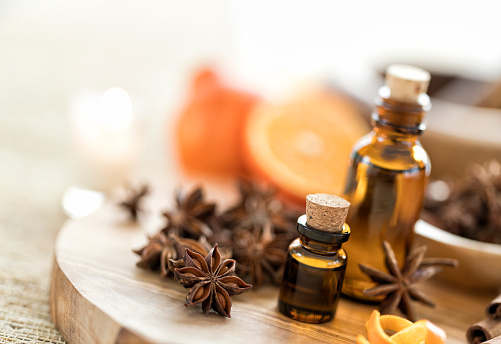
Congrats, now you have planted the seed for star anise. Now, you need to take care of the seed and the grown plant.
Here’s how you can do it:
Care 1: Watering
Star anise grows well in moist soil. So, moisturize the soil continuously with water.
While watering, be careful if you are overwatering it. Overwatering the soil will cause the root to rot.
Once the winter comes, do not water the soil frequently.
Care 2: Temperature
This plant to not survive in cold temperatures. Star anise thrives at a temperature between 65 to 70F or 18 to 20C.
You can grow naturally by placing in the full sun but make sure that the temperature does not fall below 15F or -10C.
Remember:
If the temperature is cold, move the plant indoors. If you are living in a cold region, you can also plant the tree in a pot and provide artificial warmth.
Care 3: Fertilizer
This is exceptional. Star anise can very well grow without fertilizer as they are not a heavy feeder.
But if you want a good production, you can use compost or aged manure as a fertilizer.
Spray the fertilizer around the tree on the ground in the spring season for the plant to grow perfectly.
Care 4: Pruning
This plant can grow well above 20 feet (6 feet) with a spread of about 10 feet (3m). This could be a lot big for indoor plantations.
Here’s what you can do:
Pinch off the sackers of the plant to maintain their size. This will help to avoid the bushier nature of the plant.
You need to prune the dead, weak, and diseased branches.
Care 5: Protecting against pests and diseases
As the taste of this fruit is sweet, some pests may be attracted to it. You need to control those pests.
But, as this plant is sturdy in nature, you should not worry too much about pests and diseases as the plant itself can protect against them.
Star anise has pest repelling properties and anti-bacterial compounds in them.
Harvesting the Star Anise
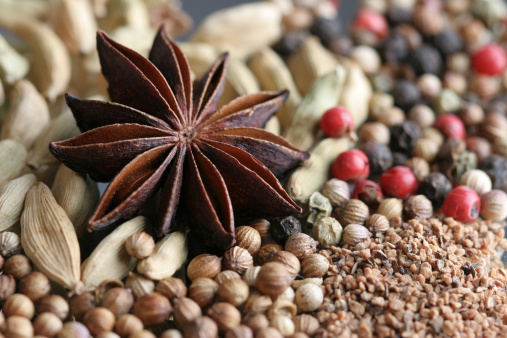
As said earlier, star anise takes really long time to bear fruit. You need to be patient.
On average, star anise takes about 6 years to bear fruit from planting through seeds.
Pick the fruits before they are ripe and start the drying process. Put them in a sunny spot until they become reddish-brown.
Once the fruit has been dried, remove the seeds from them and use the fruit as you like.
Conclusion

So, there you have it. A complete way and tips on how to grow star anise from seed.
I hope you have completely understood what the do’s and don’ts are while growing star anise.
If you have tried growing star anise in your garden, why don’t you try growing barbados cherry which has similar steps for plantation?
You can check our content on How to Grow Barbados Cherry Tree from Seed? (Step by Step Guide).

